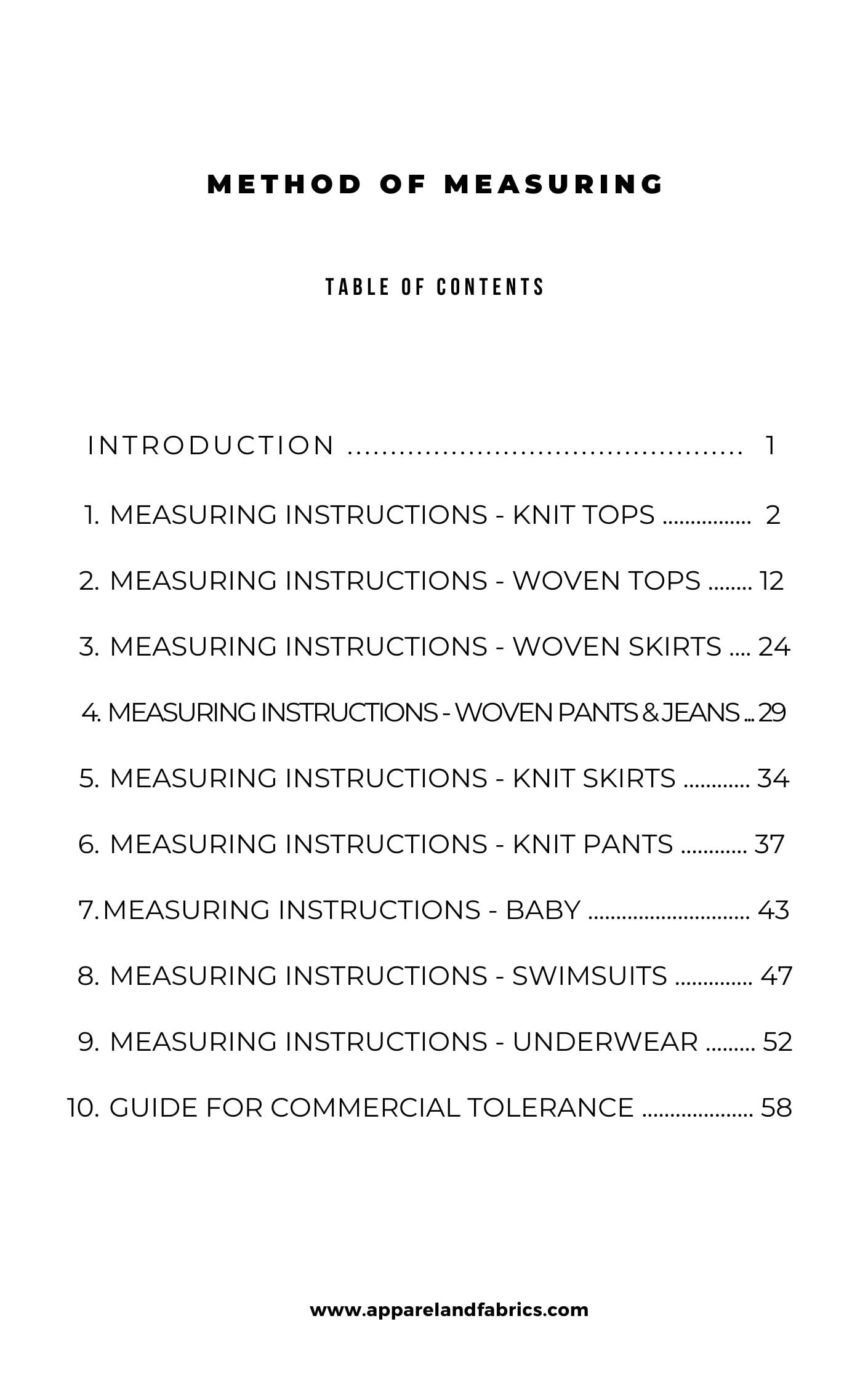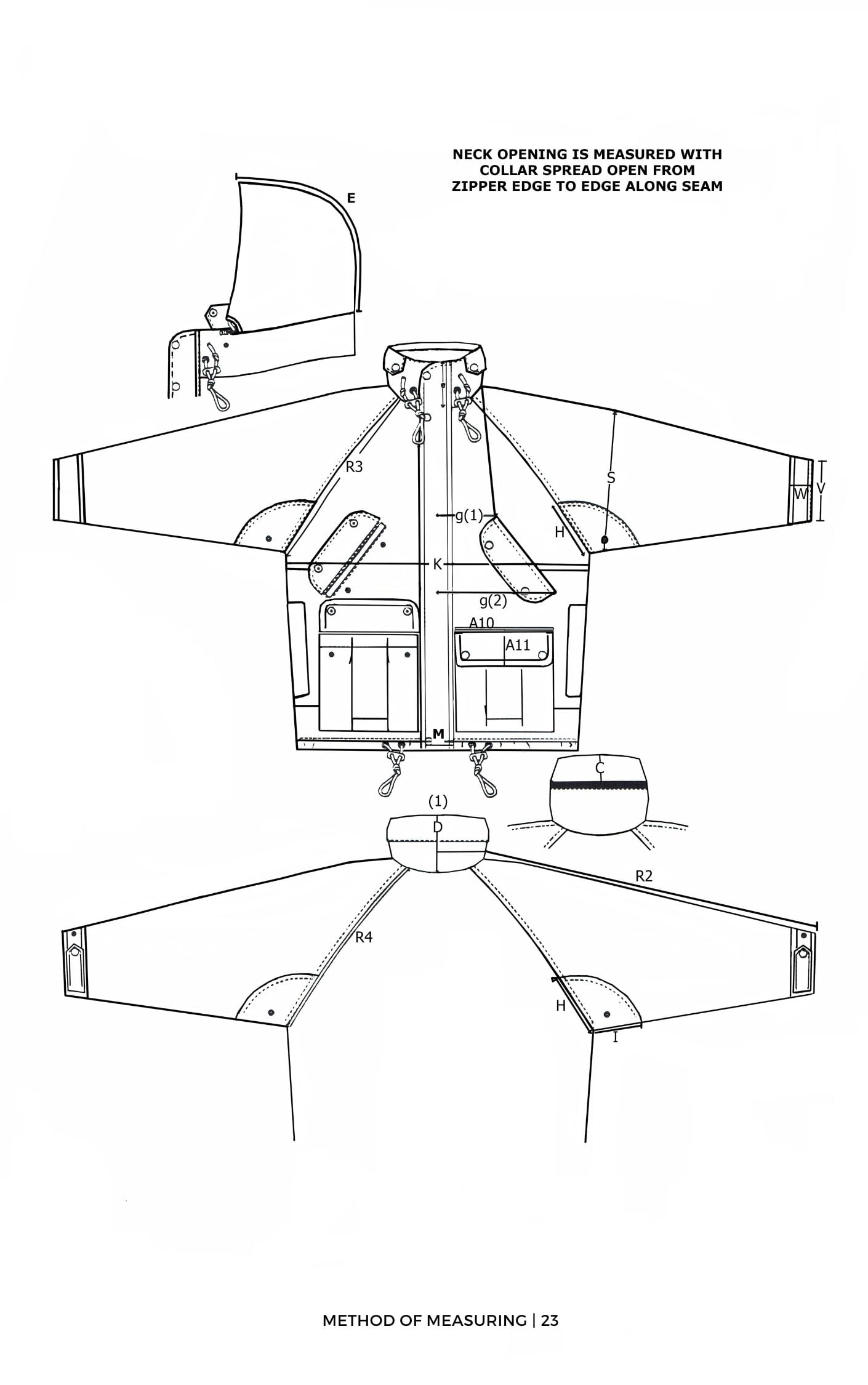Description
By following a set of rules and principles, you can measure the essential components of a piece of garment using the standard method of garment measurement. In summary, here are the steps of this simple method:
- Set up the measuring tools and the garments to be measured. Verify that the garment is wrinkle-free, dry, and clean. Measure the garments with a metal ruler or plastic tape measures are more durable and resistant to wear and tear than cloth tape measures, which can become stretched or frayed over time.
- Place the garment in its natural position on a flat surface. Avoid stretching or twisting the clothing. Remove any creases or folds. Place the garment in line with a grid or the surface’s edges.
- Identify the measurement points and the measurement directions. For definitions and examples of the primary measuring points for various kinds of clothing, refer to our Measuring Manual. Measurements are usually made in horizontal, vertical, or diagonal directions.
- Measure the garment dimensions at the measurement points. Place the measuring tool along the direction of measurement and read the value at the endpoint. Record the value in centimetres or inches. Repeat the measurement for the other side or the other half of the garment if needed. Calculate the average value if there is a difference between the two measurements.
- Make sure to accurately mark and record the dimensions. To document the measurements, use a spreadsheet or a measurement specification sheet. Add the garment’s name, description, size, style, date and time of the measurement, and the name of the person who performed the measurements. The unit of measurement and matching measurement point should be written on each measurement.
This is why I’ve put together a Method of Measuring Manual so that you can standardise and ensure the quality and accuracy of your garments. It is an essential tool for the apparel sector that shouldn’t be overlooked or underrated.









Reviews
There are no reviews yet.